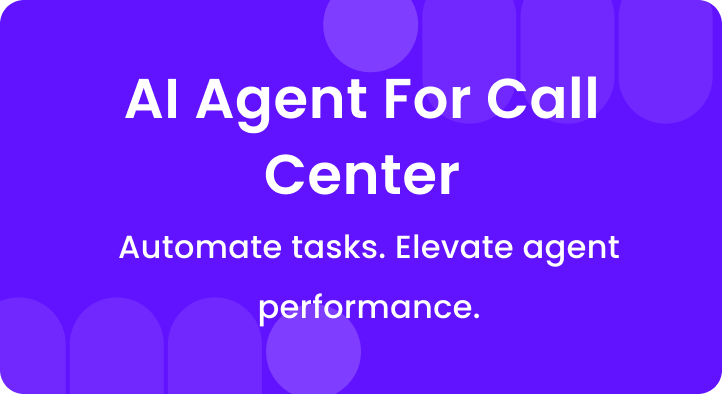Occasionally in your sales career, you come across a situation where you close the deal directly after giving your sales pitch.
Those are such great feelings.
However, you and I both know, that’s not the case always. Such a situation is an exception, not the rule.
Every potential customer prospect has its own set of needs.
Even though you were able to identify most of them when you did your research, it’s impossible to crack all of them.
In other words, you are bound to come across objections in sales that you don’t know how to recover from.
35% of sales leaders agree that the biggest challenge for their sales reps is objection handling.
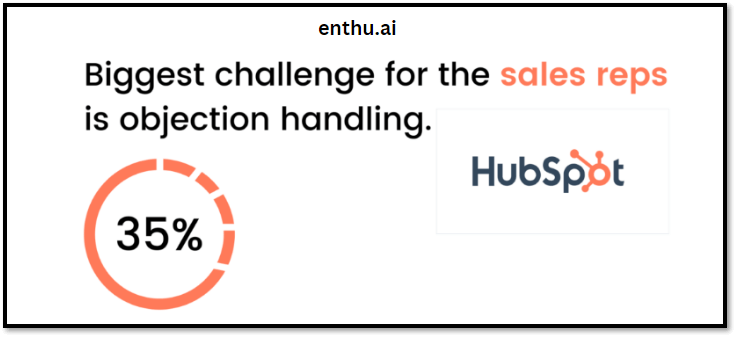
Table of Contents
A. What is objection handling in sales?
Handling objections in sales refers to the process of actively listening and overcoming the concerns and doubts of customers. By asking and anticipating their objections you will ultimately build trust and a healthy connection.
Objection handling actually means responding to a buyer. The goal is to ease their concerns about the product or service the salesperson is selling.
It removes the hesitation of the potential buyers and enables the deal to move forward.
Objections are generally around the usefulness of the product, price, a lack of time to engage with you currently, and much more.
By the way, Enthu.AI helps you build and maintain a Rockstar team. It helps reps improve their sales skills, like prospecting and handling objections, with minimal effort.
B. Objection handling in sales- 30 most common examples
1. It is too expensive
Price is one of the most common types of objections seen in the sales process, with almost 6 in 10 buyers wanting to talk pricing on the first call itself.
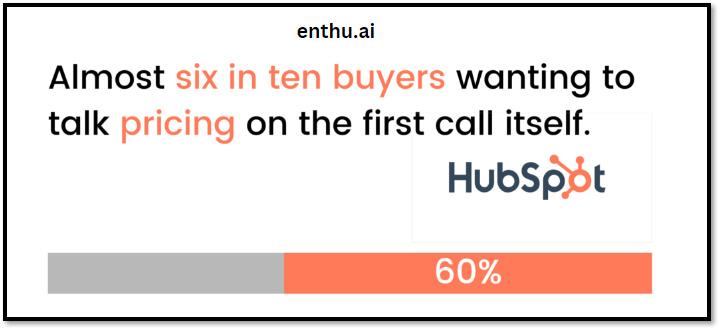
These concerns are even voiced by prospects who have full intention of buying.
The best way to approach this is by focusing on the value of the product rather than the price.
2. The return on investment (ROI) is not there
If a prospect tells you that they might not get the ROI they are looking for, show them exactly how your product can generate it.
No, you don’t just repeat key features. They already heard you the first time, and repeating them won’t make any difference.
Instead, share a case study of a similar business that is making more money or saved more by using your product or service.
3. Not having enough money
When your lead says that they don’t have money, it could actually be true. Their business might not be that big enough to afford your product.
In such cases, the best thing to do is to track their growth and do regular follow-ups.
4. Availability of a cheaper alternative
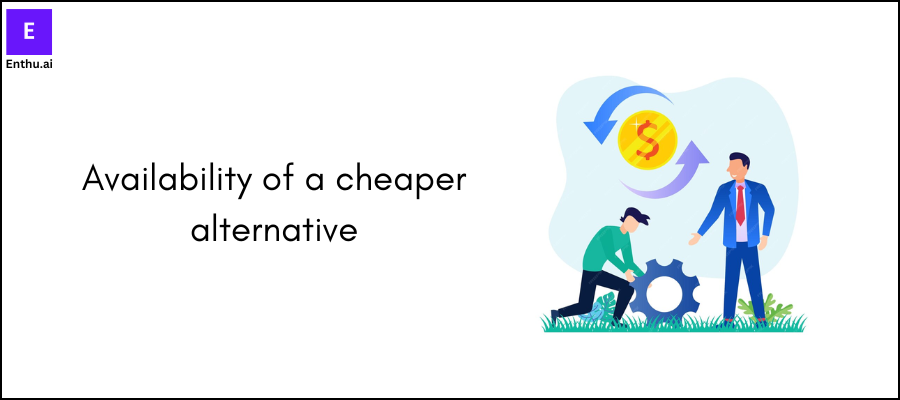
When they say that your service is completely identical to another product with low pricing, show them that cheaper isn’t better always.
You can tell them exactly why your service costs more – discuss your advanced features and how they can benefit them.
This is all about justifying the RoI.
5. We need a budget for other activities
It usually means that the prospect has the money but doesn’t see your product as a priority compared to other things.
Convince them why they should buy your product.
Share the case of companies who have benefited from your product – saved money, increased revenue, and a great deal of ROI.
6. Do not have the required skills to implement this solution
If your prospect realizes that they would need to hire another person to use your product, they might drop the idea altogether.
Convince them that your product will make their employees more efficient. Also, show its long-term benefits for their organization.
7. Do not want to be stuck in a contract
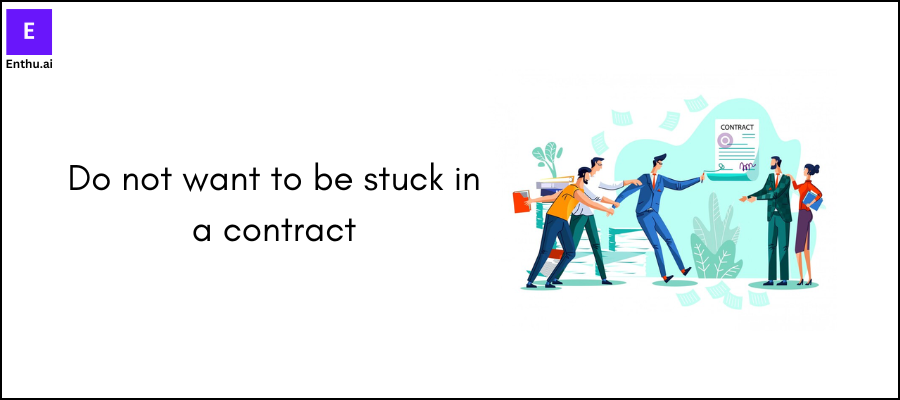
Many people don’t like to get tied up in a contract, especially for a year.
The main concern is cash flow here, and they don’t want to make such a big commitment.
The best way to handle this situation is by offering them the option to shorten the contract time, just like we do at Enthu.
You can also allow for monthly or quarterly payments instead of asking for the whole investment amount upfront.
8. Your product is not compatible with our other software
If your current product isn’t compatible with their existing solutions, you are in for a problem.
It can get tough to get them to switch.
Begin by asking, “What type of software do you already use?”
9. We are already using some other product or service
Not necessary that the prospect is happy with the product that they are already using.
Try to find out the pain points they are trying to solve, and how your product can help overcome those.
One added advantage here is that the prospect has already recognized their needs, saving you the trouble of educating them from the start.
10. I have never heard of your company
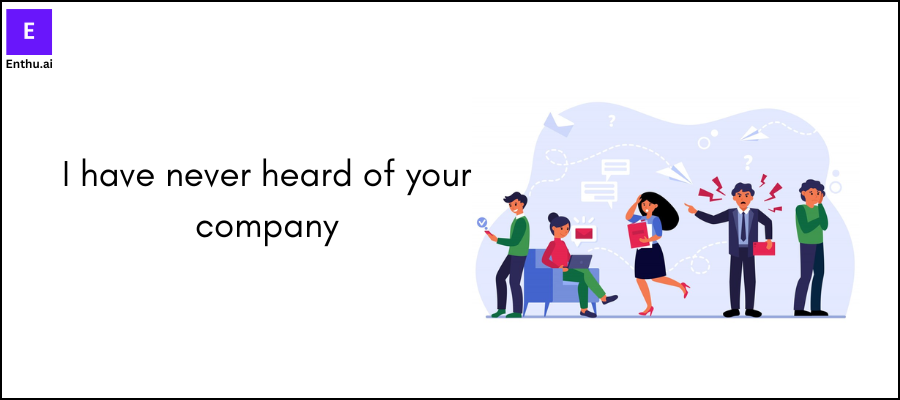
Indirectly, your prospect is trying to ask you for more information about your company.
Give them some critical details about your company.
For instance, ‘we’re an XYZ company providing sales automation solutions to SMBs ….’
In fact, you should always be prepared to give a quick summary of your product value proposition.
11. I am not the decision-maker
That’s not an issue.
You can always ask for the name of the right person to speak to and have the call redirected to them.
12. If you add more features, we’ll buy
In such cases, you can suggest to them your advanced solution.
Enterprise customers generally want customized solutions.
But if your product can’t solve that particular demand, the best thing you can do is walk away.
They might not be a good fit for your sales pipeline.
13. We’re being downsized
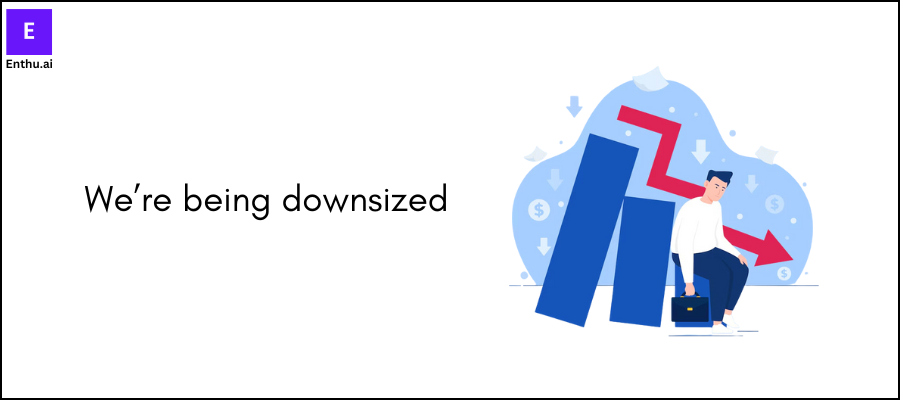
Such cases are rare, but when you encounter one, you shouldn’t try to push it.
Instead, leave things on a positive note with your contact so that once they start expanding again, they can reach out to you.
14. Your product won’t go far
People who try to undermine your product quality are basically trying to break your confidence.
Don’t listen to them.
You know that they are interested in your product.
You can stand firm and go into the conversation with valid points to increase your chance of closing that deal.
15. There’s so much going on within the company
Well, ask them what their priorities are currently.
If they can’t give you a concrete answer, it’s likely a brush-off.
Don’t get too aggressive, but you should try to get a legitimate reason for not wanting to engage with you.
You can then set a meeting time for a follow-up with them.
16. I am happy as things are
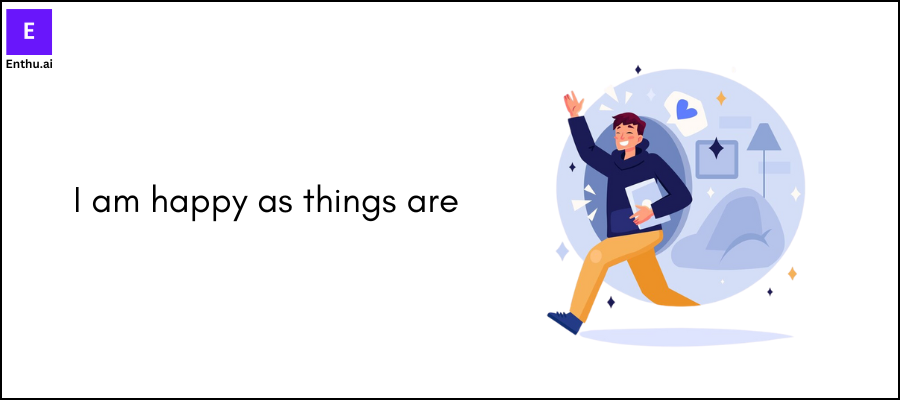
Even after everything is going smoothly, they are likely to face some sort of challenge.
Ask them open-ended questions to see if they are facing any problem that you can solve.
If not, then disqualify them and move on to your next lead.
17. I am not able to understand your product
It’s better to disqualify them because the chances are that they may churn out after two months.
But if you still want to pursue the client, you can start by asking them what aspects of your product they need help with.
18. X problem is not a priority
Find out why this X problem is not a priority for them.
Are they just trying to make lame excuses, or are there real reasons for it?
If they have a problem, try to instill a sense of urgency and capitalize on this opportunity.
19. I’ve not heard good things about your company
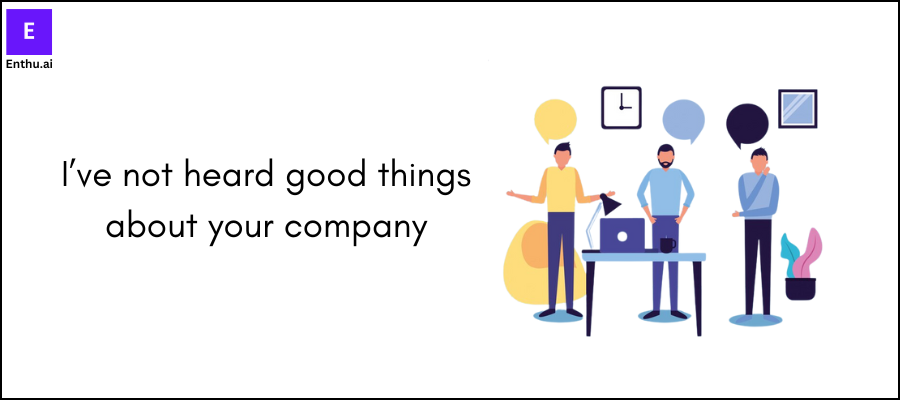
Word-of-mouth can have a huge impact on a person’s mind. Even more, when it is a negative review.
Instead of defending your company, tell your prospect you value their feedback. You will pass the info to the right department.
It helps build trust and credibility.
20. Your product is too complicated
First, find out if they are confused about your product. Or, are they struggling to understand a feature?
If the latter is the case, you can connect them with your customer service group and try to close the deal.
But if they don’t understand entirely, the best approach would be to disqualify them.
21. Send me more information in my email
Use this to start a conversation with your prospects. Ask, “What are your exact requirements?”
This may open room for discussion, and you won’t even need that email after all.
22. I want solution X and not solution Y
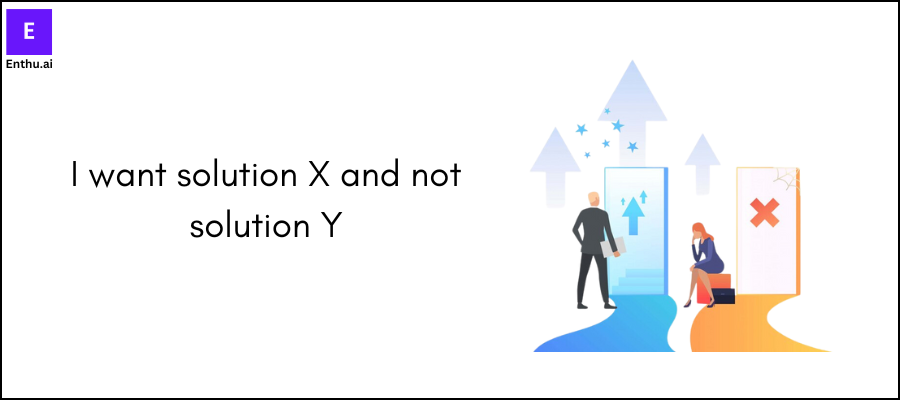
Such a situation arises when you fail to qualify your prospects correctly.
Apologize for any misinterpretation, and see if they are willing to explain their needs again.
Make sure that they feel heard, understood, and validated.
23. I am busy right now
Time is money. Not every professional has the time to indulge in a long sales talk.
You can simply convey the idea that you only need a few minutes of their time to provide value to their business.
24. Call me back next quarter
Truth be told, prospects are just trying to stop you from having a conversation.
But don’t just disconnect it yet. Ask them, “What can they expect in the next quarter? Or What is going to change then?”
It will help you understand their motive, and you can accordingly place them in your pipeline.
25. I’ll think about it
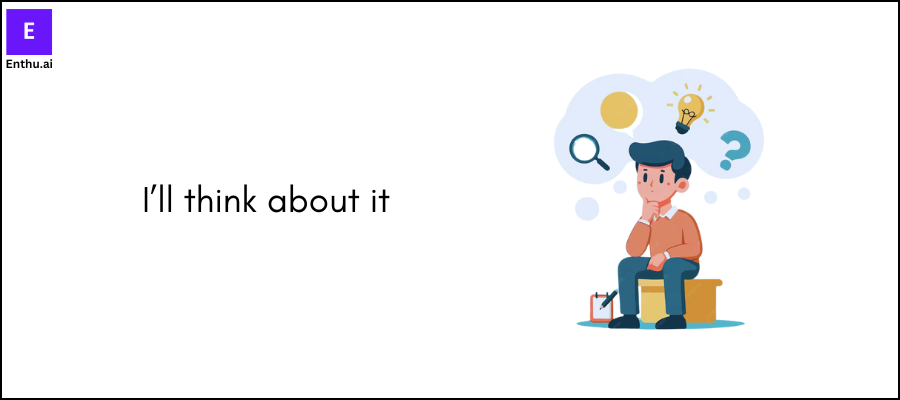
There are mainly two reasons for it.
Either you failed to explain your product effectively, and so they aren’t sure about investing in your product.
Or they are really not interested in your company.
Try to uncover their underlying intentions. Based on that, you can then proceed to solve their issue.
26. The gatekeeper
Gatekeepers are generally the first roadblock that you face.
The best way to handle them is by developing trust over time.
Once that is established, you can then demonstrate your product to their decision-makers.
27. I can’t convince my team
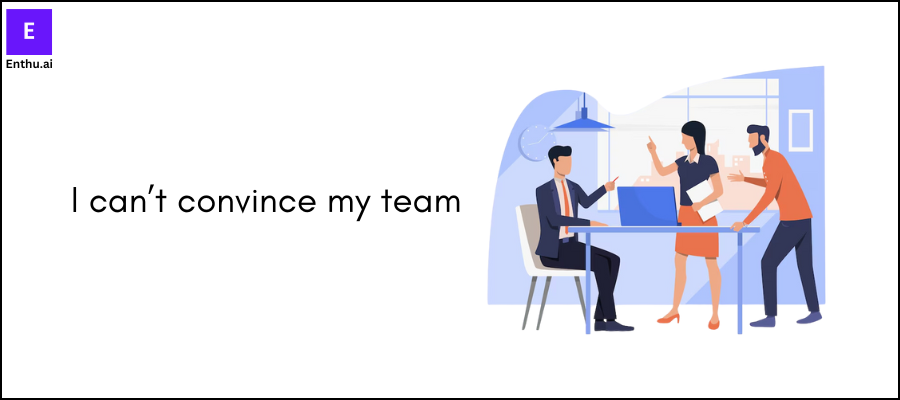
Your role as a salesperson is to arm your prospect with the information they will need to counter any objections they might receive.
Help them draft their pitch of your product in the same way you would.
28. I’m part of a buying group
Being a part of a buying group enables businesses to purchase bulk products at a much-optimized rate.
If your company is not on the list of approved suppliers, they are less likely to make any purchases from you.
Instead of hanging up, you can enquire about their membership and their deal to see if you can offer them a better price.
29. I am already into a contract
This objection gives you a hint that they might be interested in your product but not ready to take a financial hit from breaching the contract.
In such cases, you can try to offer them a discount to compensate for the cost of breaking a contract early.
You can even demonstrate the long-term benefits that will make up for their loss now.
30. How did you get my information?
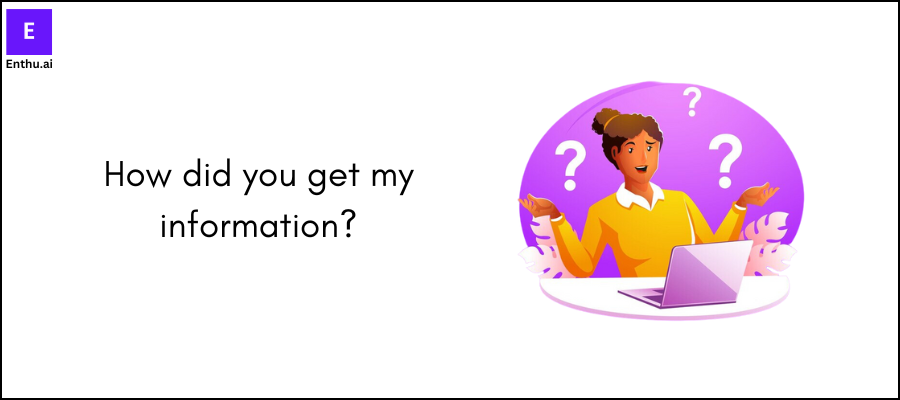
If they don’t remember your company name, remind them. They filled out a form on your site or signed up for info on a networking event. Be honest with your answer.
But if you pulled their number randomly from an internet list, be prepared to face an annoyed customer.
Use a conversation intelligence platform to track objections and optimize responses for higher conversions. How to Overcome Sales Objections is an eight-step process. Practicing this approach will ensure that you do not panic and react impulsively to your prospect’s objections. When your prospect starts speaking, avoid the urge to jump in immediately. This is the most common sales mistake that reps make. Instead, you should actively try to listen and take in what they are saying. Give them the time and space to fully express why they can’t make a purchase. For Example:- It will make them feel that you are really trying to help and have their best interests in mind. This will automatically increase your chance of closing the deal once you handle the objection smartly. More often, there are chances that you, as a salesperson, might misinterpret your prospect’s objection. That’s why it’s crucial that you paraphrase your prospect’s concern and repeat back after you have heard it. It ensures you have understood their objection correctly. For Example:- This will allow your prospect to correct you. Besides, sometimes they are not able to articulate their objections fully. There might be some underlying problems that the prospect might not have shared. In such cases, you will need to ask them open-ended sales questions to get to the crux of the matter. This will not only clear all your confusion but also help establish trust with your prospect. After you have understood their objections, continue building trust by validating their problem. Whether or not the objections are serious enough, you need to show the prospect that their concerns are valid. For Example:- If they feel that you aren’t taking their objections seriously, you might end up losing a potential client. But it also doesn’t mean that you have to talk low about your product or services. Instead, you should try to be more empathetic and explain how you can help solve their problem. In action Let’s say, your prospect is worried about data protection once they switch from the traditional bookkeeping system to your accounting software. You can first validate their concern and then offer them a solution. You can try saying, ‘I understand that it’s a major concern…but we ensure compliance to government data protection law.’ As a salesperson, you want to keep the conversation going in a natural way. So when a prospect is done explaining their objections, and you feel that they are trying to pull back, start asking follow-up questions. For Example:- These follow-up questions shouldn’t be the ones that can be answered in a simple yes or no. Instead, you should try to ask questions that will help them express their thoughts better, keeping them engaged. The more information you can gather from them, the more you have the chance to turn a prospect into a customer. After you have responded to the prospect, you need to ask them if they were satisfied with what you have said. You should aim to satisfy their concerns right away. It will help you move them up in your pipeline. For Example:- However, if you don’t know the answer, borrow some time to get back to them. Don’t try to make something up on the spot. If the buyers sense that, they might hang up the call. Sometimes sharing a story of another customer who had a similar experience and how they overcame it with your product can be the right approach. For Example:- Case studies are very helpful, especially in B2B sales, so have a couple of real stories ready with you. After you have answered all their questions, they might ask for more time to think. It’s good to give them the time and space to weigh their options. But don’t forget to set up a follow-up date and time before hanging up. For Example:- Don’t set time too far in the future. You can offer to answer any queries they have in the meantime. There are many common objections that are seen while talking to a prospect. Keep track of them and redefine your responses to better handle the objections. For starters, the sales team can organize weekly role-play meetups to hone their skills. For Example:- Besides, learn to try to anticipate your prospect’s objections so that you are better prepared to resolve them. Let’s now look at the top 30 common sales objections and how you can handle them. Objection handling is a key skill in sales and customer service. It affects the outcome of interactions between agents and customers. Here’s why it’s important: Build trust and rapport Trust is the cornerstone of all customer relationships. When a consumer expresses an objection, it indicates that they are interested but have worries. Good objection handling shows the salesman or support rep is listening. It shows they care about meeting the customer’s needs. The agent can turn a bad situation into a good one. They just need to recognize the objection and respond with empathy. If a client is worried about the price, an agent may describe the value and benefits. They should align this with the customer’s priorities. This shows the client that their concerns are acknowledged and valued. Increases Sales Conversion Rates Objections are sometimes the final barriers before making a buying decision. If not managed correctly, these obstacles might result in lost revenue. In contrast, effectively addressing arguments can convert reluctance into commitment. For example, if a buyer is concerned about the complexity of a product, a salesman might provide a demo or a free trial to allay their fears. By doing so, the agent removes an impediment to the sale, enhancing the odds of finalizing the purchase. Enhances customer satisfaction Customers who believe their complaints are being addressed seriously are more likely to be pleased with their experience. High customer satisfaction results in recurring business and loyalty. Assume a consumer is unhappy with a service feature. A well-trained agent may recognize the objection, offer a solution, or propose an alternative. This not only addresses the current issue, but also tells the consumer that they are in capable hands. As a consequence, the customer leaves the conversation feeling appreciated and understood, increasing overall happiness. Objections often reveal unspoken worries or needs of a consumer. Knowing these objections helps organizations to provide better solutions. This leads to improved outcomes. For example, a complaint about delivery time may suggest a need for speedier service or a product for an upcoming event. By digging further, an agent can find the true problem. They can then suggest a better solution, like faster shipping or alternative items. Improves Agent Confidence and Skills Confidence is essential for effective customer interactions. Agents who can handle objections feel more in control. They are more likely to achieve better results. Regular training in objection management helps agents build confidence. It prepares them to handle a wide range of customer issues. This confidence leads to better interactions. The agent can easily guide the consumer to a conclusion. Objection handling in sales make you understand how you can genuinely help your prospects meet their needs. As a salesperson, it is also a demonstration of your skills to find the right opportunity for these objections. So start practicing your responses, and don’t let these objections overwhelm you. 1. What are the four P's of handling objections? Most salespeople are taught to qualify leads using the Five Cs of Credit — but there is another way to qualify a lead by identifying and handling their objections. There are 4 Ps of Handling Objections: Problem, Pain, Proof & Product. 2. What is objection handling skills? Objections processing can be defined as a skill that helps to handle the objections of any client and helps in winning the deal. The importance of this skill is vital to make sure that the clients are able to commit to accepting your product or service. Ideally, a perfect salesperson should possess objection handling skills and be able to answer all the questions raised by the clients. 3. How can I be assertive in sales? It is not easy to be assertive in sales because you have to build confidence and develop a network. You can do this by performing excellent service and client relationships. This will lead the clients to trust you and also offer referrals. 4. What is objection handling? In a sales conversation, objection handling is the process of addressing and resolving customer doubts or concerns. It involves listening to the objection, understanding the underlying reason, and providing clear and convincing answers to alleviate fears and move the sale forward. Handling objections effectively builds trust and helps turn potential obstacles into closing opportunities.C. 8 Steps to overcome sales objections
1. Listen to the objection

2. Understand their objection completely

3. Validate your prospect’s concerns

4. Ask follow-up questions

5. Provide satisfactory answers

6. Provide them with social proof

7. Follow up

8. Prepare in advance

D. What is the importance of objection handling
1. Why It Matters
2. How It Works
3. Why It Matters
4. How It Works
5. Why It Matters
6. How It Works
4 Identifies True Customer Needs
1. Why It Matters
2. How It Works
3. Why It Matters
4. How It Works
Conclusion
FAQs
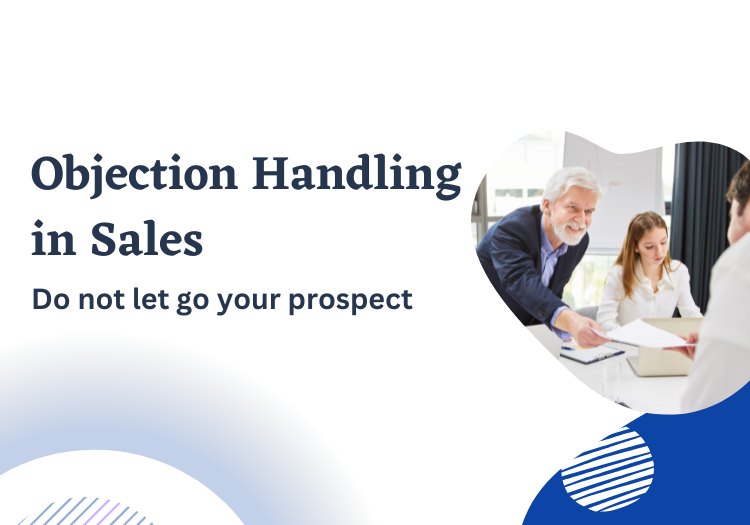
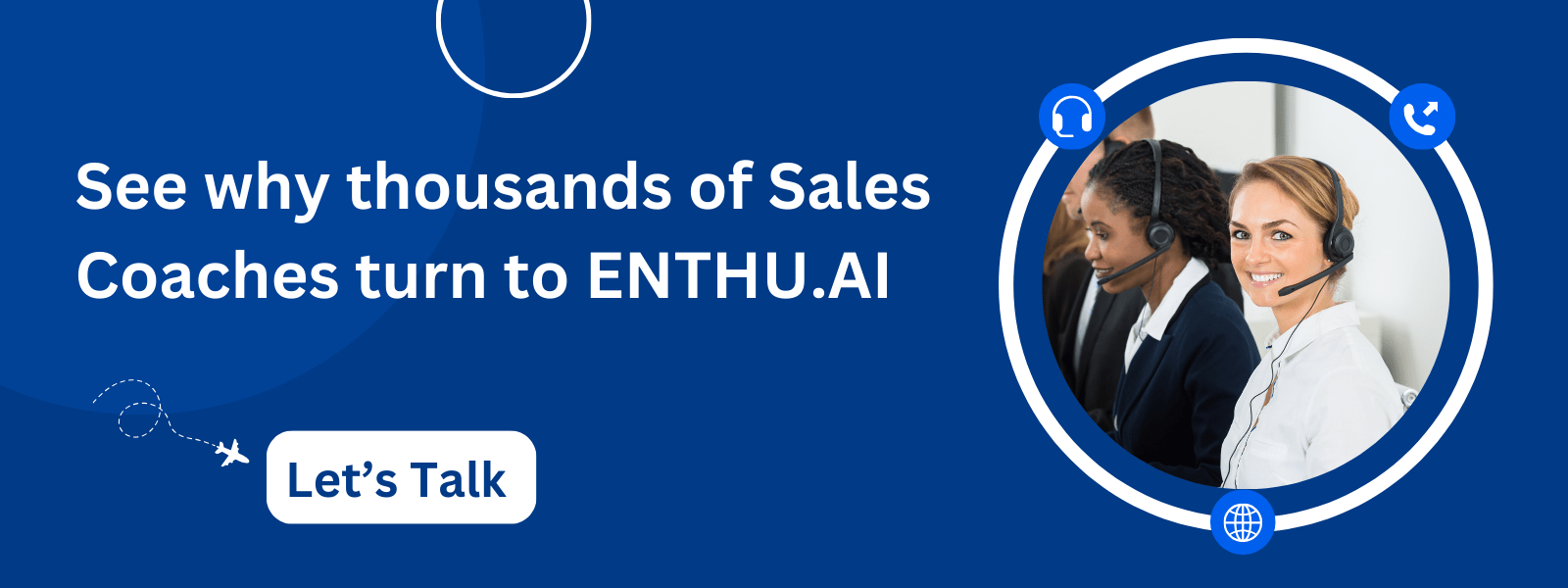

 On this page
On this page

